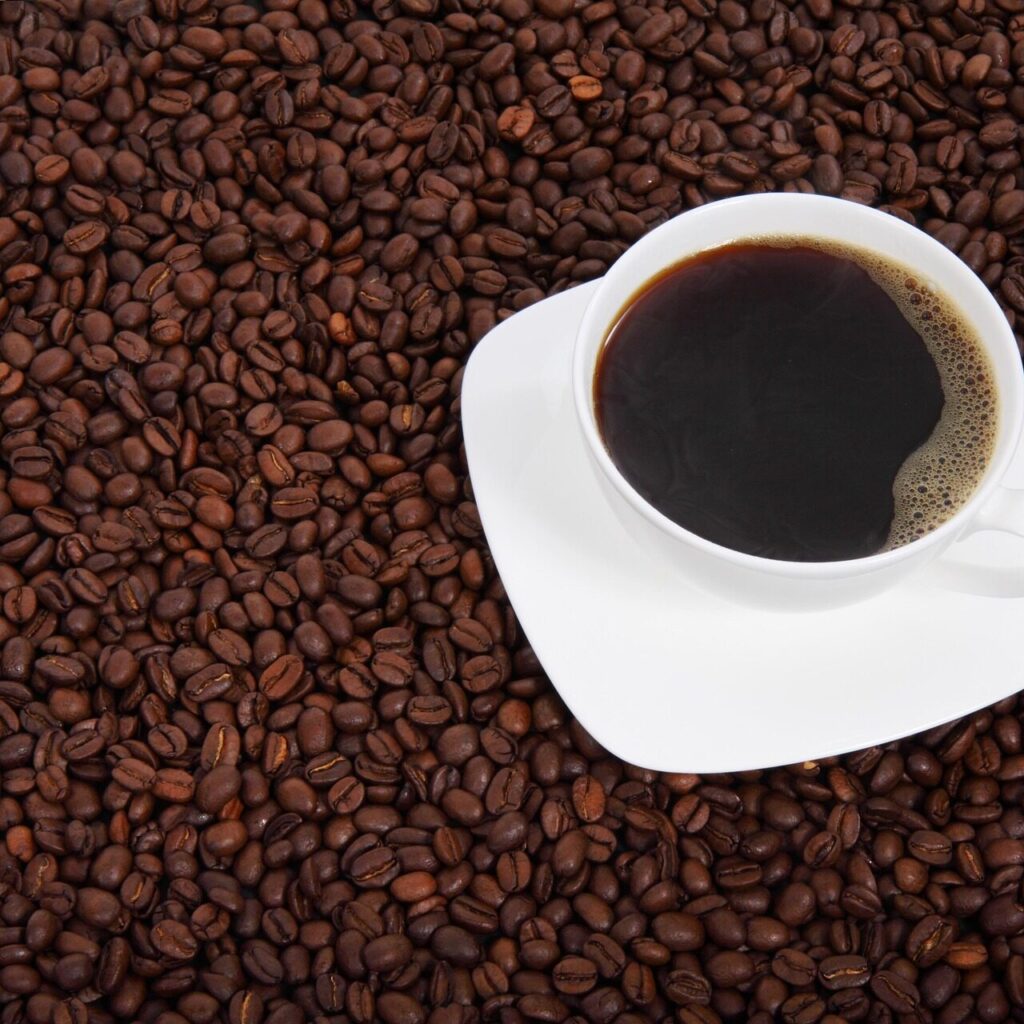Whether it’s the smell of freshly ground beans or that first warm sip in the morning, coffee has a way of weaving itself into our daily rituals. For some, it’s fuel for productivity; for others, it’s a moment of calm in a chaotic day. But coffee is more than just a beverage—it’s a culture, a science, and for many, a small daily joy.
A Brief History of Coffee
Coffee’s origins trace back to the ancient coffee forests of Ethiopia, where legend tells of a goatherd named Kaldi who noticed his goats becoming unusually energetic after eating berries from a certain tree. Those berries eventually made their way to the Arabian Peninsula, where coffee as we know it began to take shape in the 15th century.
From the bustling coffeehouses of the Ottoman Empire to the cafés of Paris and Rome, coffee evolved into a drink that inspired conversation, creativity, and connection.

The Science in Your Cup
What makes coffee so effective at waking us up? The answer lies in caffeine—a natural stimulant that blocks adenosine, a chemical in our brains that makes us feel tired. But beyond the buzz, coffee contains antioxidants and has been linked to several health benefits, including improved brain function, metabolism, and even heart health when consumed in moderation.
Of course, coffee is also a complex sensory experience. With over 800 aromatic compounds, a cup of coffee can carry flavors ranging from fruity and floral to nutty and chocolatey—depending on the bean origin, roast level, and brewing method.
Brewing the Perfect Cup
Making a great cup of coffee is part art, part science. Here are a few basic tips:
- Choose fresh beans – Ideally, whole beans roasted within the last two weeks.
- Grind properly – A burr grinder ensures consistency. Match the grind size to your brewing method (e.g., coarse for French press, fine for espresso).
- Mind the water – Use filtered water just off the boil (about 195–205°F / 90–96°C).
- Ratio matters – A general starting point is 1 gram of coffee to 15–18 grams of water, but feel free to experiment.
Whether you’re using a classic drip machine, a French press, or dialing in your espresso shot, every method brings out a different nuance in the coffee.
Coffee Culture Around the World
Coffee is universal, yet every country enjoys it in unique ways:
- Italy: The birthplace of espresso. Italians often enjoy a quick shot at the bar.
- Sweden & Finland: Known for fika—a coffee break paired with pastries and socializing.
- Ethiopia: Traditional coffee ceremonies involve roasting, grinding, and brewing beans in front of guests.
- Vietnam: Famous for its iced coffee with sweetened condensed milk (cà phê sữa đá).
Exploring global coffee traditions is a great way to appreciate the beverage’s cultural significance.
The Future of Coffee
As climate change and sustainability become growing concerns, the coffee industry is responding. From direct trade practices that support farmers, to eco-friendly packaging, to innovations like lab-grown coffee, the world of coffee is constantly evolving.
Final Sip
Whether you’re a seasoned aficionado or a casual sipper, coffee is a reminder to pause, savor, and connect. It’s not just what’s in the cup—it’s the stories, the people, and the moments that come with it.
So next time you brew a cup, take a moment to appreciate the journey it took to get to you.

